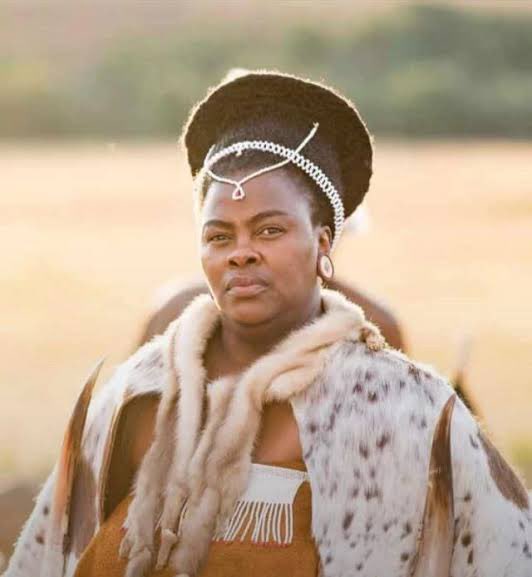1. THE ORIGINS OF ABATHANDAZI/FAITH HEALERS🇿🇼
Umnxeba...
Abathandazi are faith healers who are found accross Africa.They are often associated with the indigenous African churches. They usually use water, candles, milk, eggs, ashes & other objects to conduct faith healing.
Umnxeba...
Abathandazi are faith healers who are found accross Africa.They are often associated with the indigenous African churches. They usually use water, candles, milk, eggs, ashes & other objects to conduct faith healing.

2. Faith healers have special garments they wear when conducting their works. They prophesy to their clients & use water and candles to connect with the spiritual world. Their prescriptions are called iziwatsho: eg.a mixture of water and ashes or milk to be used for cleansing. 

3. It is believed that abathandazi operate under the influence of a spirit called isithunywa/messenger. This spirit is believed to come from God and heals people using nature especially water and light. Hence abathandazi rely on water and candles to diagnose problems & heal. 

4. Other spiritual experts say that izithunywa are ancestors who were forced to abandon traditional healing methods due to oppressive colonial laws and ended up finding expression of their prophetic and healing gifts under the cover of indigenous African churches. 

5. When operating in the indigenous African churches they had to use legally/Christian tolerable healing artifacts like oil, water etc However, they were not operating under any Christian spirit but amadlozi & ubungoma under the guise of the church. 

6. It is for this reason that some faith healers mix iziwatsho and other traditional African medicines and healing methods now that there are no colonial laws to hinder their traditional healing operations. 

7. Some faith healers believe that their healing powers are tied to water bodies like rivers, the sea, dams and water falls and as such they prescribe healing & cleansing of bad luck through baptisms in these water bodies various times depending on the nature of the problem. 

8. To operate under isithunywa the faith healers have to fast and pray and through visions and dreams they get a revelation of the colours of the garments they must wear and healing methods they must use. 

9. Some of the exorcism and healing methods of abathandazi have been heavily criticized as they involve physical assault with izikhali/wooden rods. For more information on the origins of independent African churches see the thread below 👇🏾 

• • •
Missing some Tweet in this thread? You can try to
force a refresh
















